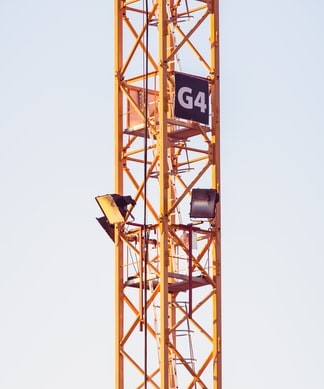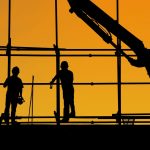According to the Science History Institute, K&M discovered that local railroads could be used to deliver asbestos from Canadian mines for use in more than 3,000 products.
Nicolet Keasbey Mattison got rich making asbestos-laden shingles and floor tiles and spread the wealth to the community through job opportunities. Ultimately, this same community paid the price with their health and environment, suffering from the long-term effects of asbestos exposure.

Harmful Products and Health Consequences
Although it was not known in the 1800s that asbestos exposure would lead to ailments like mesothelioma cancer, the medical community began understanding the links to asbestosis and lung cancer by the 1940s. It was not until the 1970s that the Environmental Protection Agency began imposing stricter safety regulations for workers exposed to asbestos-laden products at their jobs.
These safety precautions were still inadequate, but even these precautions were not implemented at many workplaces. Employees, in general, were completely unaware of the risks. By the 1990s, deaths from mesothelioma and other cancers were common for people who had spent decades working at places like Nicolet Keasbey Mattison.

K&M made and sold asbestos-laden products through the 1980s until the company ultimately went bankrupt in 1987 over asbestos litigation.
Harm to the Environment
K&M’s damage didn’t stop with making thousands of employees ill with asbestosis. By the 1970s, the EPA was investigating the Ambler site for damaging public health due to environmental contamination. Samples taken from the site by the early 1980s proved that asbestos contamination there was so dangerous that the air, water, and soil in the area could kill people.

The area was used as a dumping ground for asbestos-laden cement, auto-parts, lab tabletops, and a myriad of other materials that contributed to making the area a priority for cleanup by federal agencies.
Lawsuits and an Asbestos Trust
Harm to workers didn’t end when K&M ceased its factory operations. Contractors and consumers continued to be exposed through products already in existence, everything from pipes to gaskets. Because K&M’s carcinogenic materials were used in so many industries, from home building to car parts, the potential for exposure was widespread and continues to be.

Anyone working in remodeling or mechanic or construction work on autos or homes made prior to 1990 is likely to have come into contact with these asbestosis-inducing products. Lawsuits against the company ensued for many years. Nicolet Keasbey Mattison eventually was incorporated by Armstrong World Industries, and in 2006, the Armstrong World Industries Asbestos Personal Injury Settlement Trust was established to cover future claims.

Such claims have been filed by workers and their family members. Inhaling and ingesting asbestos can cause asbestos-related disease decades after exposure. Family members are sometimes also affected due to the risks of secondhand exposure that occurs when workers come home wearing the dust and fibers they were covered with all day. In many instances, wives who washed their husbands’ uniforms in the 1970s have been diagnosed with mesothelioma twenty or more years later.


 Rae Steinbach
Rae Steinbach
 Lauren Weinand
Lauren Weinand